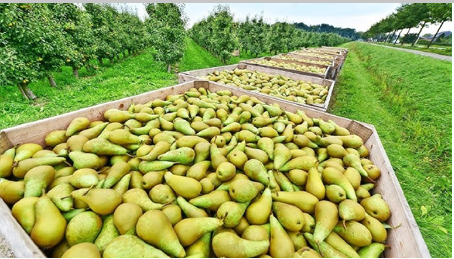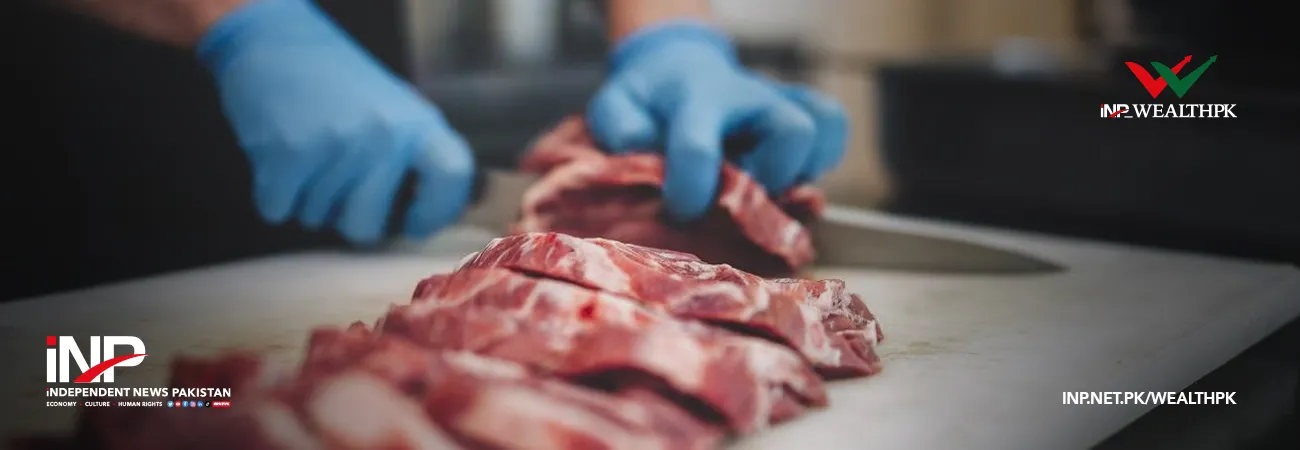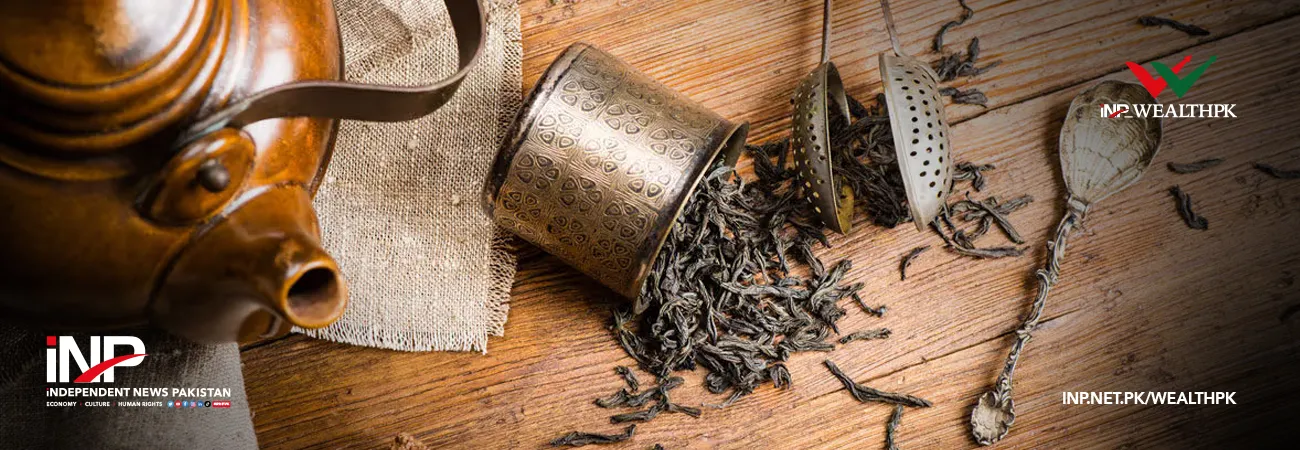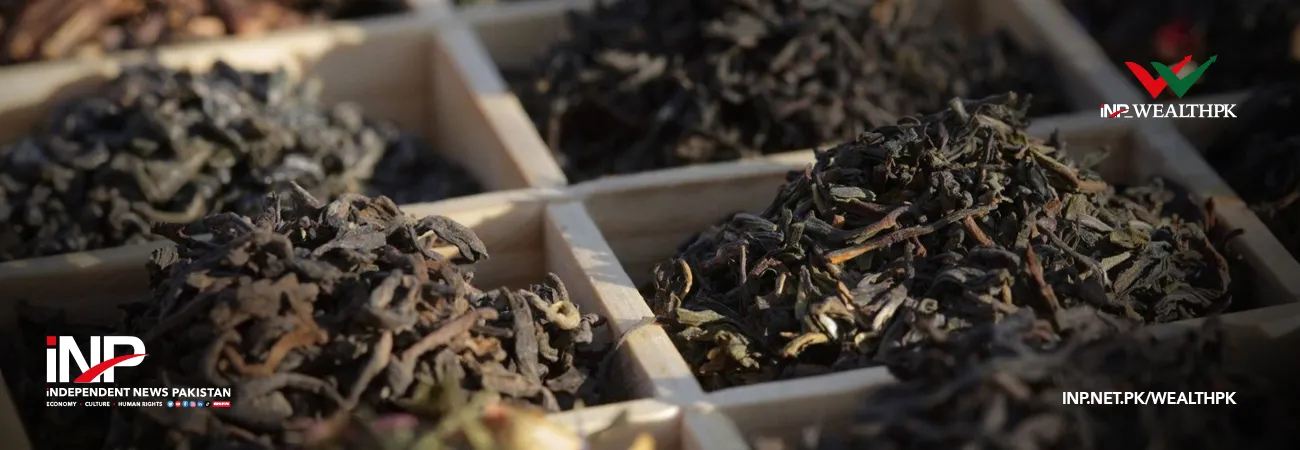INP-WealthPk
Azeem Ahmed Khan
In a remarkable agricultural breakthrough, cold climate pears are not only surviving but thriving in the hot and arid region of Multan, thanks to the dedicated efforts of the Government Pak-German Polytechnic Institute for Agricultural Technology, Faiz Chak 5.
The variety at the heart of this success is Le Conte, a low-chill, high-density pear, originally tested under a Pakistan Agricultural Research Council (PARC) project, said Zia-ul-Hassan Shad, Project Manager at the Government Pak-German Polytechnic Institute for Agricultural Technology, Multan.
Initiated in the fiscal year 2010-11 under the leadership of then PARC chairman Dr Zafar Altaf, the project evaluated the viability of pears at five sites across Pakistan, two in Sindh and three in Punjab province. The Multan site sustained the plantation, while four of the five sites discontinued the experiment after the PARC chairman was changed. “We are all agriculture experts, so we have managed to keep the project alive,” Shad told WealthPK.
The Le Conte variety proved well-suited for Multan's sub-tropical climate, bearing fruit with no notable difference in taste compared to pears from Khyber Pakhtunkhwa province, he said. In fact, the Multan harvest enters the market a month earlier than KP's, giving local growers a competitive edge and better prices, he said.
Spanning four acres, the pears orchard follows a high-density planting model inspired by Australia, with trees spaced just three feet apart and rows 15 feet apart. “We get good-quality pears at this spacing,” Shad noted, adding that each acre accommodates up to 916 plants, each plant yielding 30 to 35 kilogrammes of fruit annually.

Up to now, pruning has been carried out manually by the institute’s staff, but recently a private company has imported specialised pruning equipment, which will ease maintenance work, he said. Keeping trees between eight to 10 feet tall allows for easy pruning, spraying, and harvesting, resulting in export-quality fruit. “Large trees make it hard to manage the fruit, but small manageable trees are ideal,” the project manager said.
Though the original nursery plan was shelved along with the project, demand for pear plants remains high. “We direct farmers, who are interested in pears farming, to Tarnab Farm in KP, where Le Conte plants are available,” Shad informed WealthPK.
He emphasised the profitability of the crop, citing incomes exceeding Rs1 million per acre with lower input costs than cotton. “We recommend this to farmers because it is disease-resistant, high-yielding, and early-maturing fruit,” he added.
Nutritionally, Le Conte pears are rich in potassium, iron, magnesium, and folic acid. They are cholesterol- and fat-free, making them heart-healthy, Shad said. The fruit can also be value-added into jams, dried snacks, and even cosmetic products like lotions and creams, he added.
In a region like Multan, where growing such fruit was once considered unlikely, the thriving pear orchard now stands as a testament to scientific innovation and the commitment of local agricultural experts. As plans for a pear festival taking shape, the region's pear growers have much to celebrate, and even more harvest to look forward to.
Credit: INP-WealthPk













